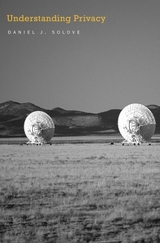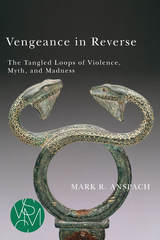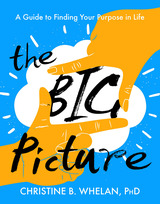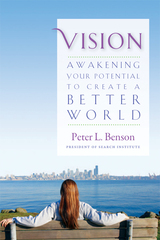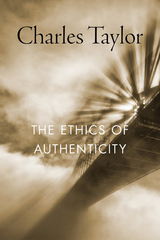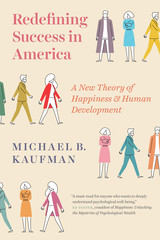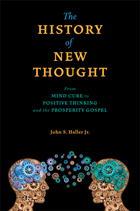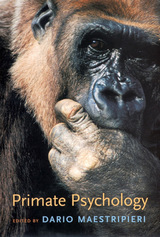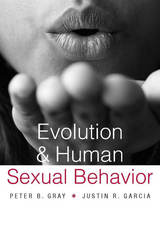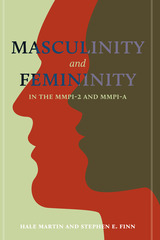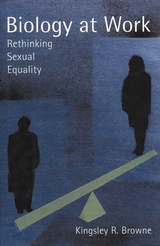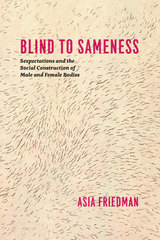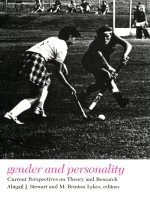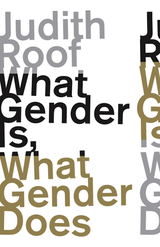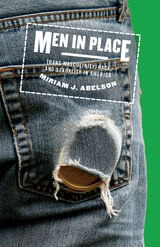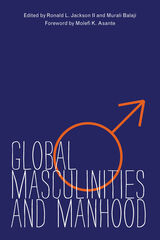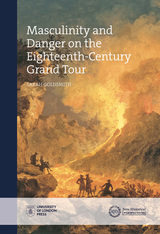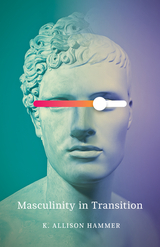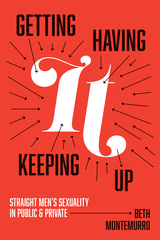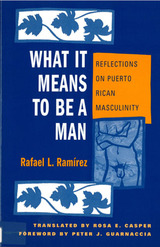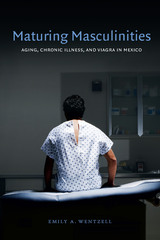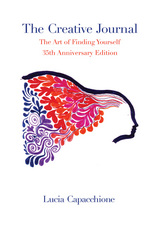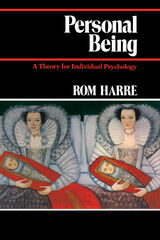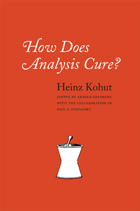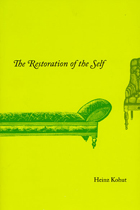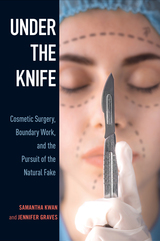Maccoby's book is beautifully written and organized. In the first half she takes us on a journey from infancy through pre-school behavior, to elementary school and adolescence. Fascinating evidence is adduced for the formation of sex-segregated social groups, which are amazingly resistant in middle childhood to well-meaning adult attempts to force integration. In the second half...issues of sex roles in the workplace and in parenthood are discussed. A variety of explanations for the seemingly universal existence of sex role differentiation are proposed, from biology to evolutionary psychology.
-- David H. Skuse Nature
[Eleanor Maccoby's] book is an important contribution to what some social scientists call a 'two cultures approach' to gender. She views boys and girls as members of two distinct subcultures, each of which is characterized by radically different kinds of behavior...The Two Sexes is in many ways a tour de force, as it offers us cohesive and intelligent argument about gender that brings together diverse disciplinary concerns...Maccoby's book, as an insightful review of the literature supporting a two-cultures approach to gender, will undoubtedly win an important place on the millennial bookshelf.
-- Kira Hall Science
In this volume the eminent scholar Eleanor Maccoby has provided a highly readable account of gender development, a field in which her own research and perspective play a central role...This book represents a major contribution to the field of psychology. It provides a plausible hypothesis, an accessible and scholarly review of research findings, and a clear summary of three perspectives on the possible origin of preferences for same-gender playmates--the biological, socialization and cognitive perspectives. Particularly convincing was the argument that differential treatment by parents is an incomplete explanation for childhood gender segregation. The integrated conclusion acknowledges the complexity of gender differences and points to strategies for creating social change...In summary, this landmark work by a distinguished scientist will be certain to provoke discussion among feminist psychologists, the psychological community at large and members of the public. The Two Sexes is an original and important contribution to the current lively gender debates.
-- Judith L. Gibbons Feminism & Psychology
Heavy but worthwhile reading that can help us better understand those gender-based reading interests, how boys and girls see themselves in relation to others, and the ways in which gender identification is influenced.
-- Mary Arnold Kliatt
An absolutely marvelous new look at gender differences in behavior! Eleanor Maccoby has provided an immensely readable, and thought-provoking, reappraisal of the relevant research findings, which are presented throughout in ways that immediately bring to life what the findings mean in real-life situations. The basic message is that gender differences mainly operate in terms of their effects on social interactions. When boys and girls are by themselves, their behavior differs only slightly, but the behavior of groups of boys is very different from that of groups of girls. The implications for theory and practice that stem from this conclusion are considerable. The book is a 'must' for anyone interested in either development or gender issues; it is fascinating to read and constitutes a splendid integration of concepts and findings.
-- Sir Michael Rutter, FRS, Professor of Child Psychiatry, Institute of Psychiatry, London
[The Two Sexes] describes the confrontation between one of social science's premier scholars and the Gordian Knot of how to account for gender differences. It is a masterful account that sweeps through a half-century of studies in the search for underlying mechanisms. This is Maccoby at her best.
-- Dr. Gerald R. Patterson, Oregon Social Learning Center
[This is a] wonderful book on gender differences...What Maccoby does supremely well...is discuss how a biologically influenced propensity on which boys and girls differ to a minor degree can nevertheless lead to quite large differences in behaviour through their indirect influence brought about by effects on interaction styles and social groups. She skilfully integrates qualitative and quantitative research findings, with helpful verbatim quotes on how children talk about themselves and their social interchanges, and pursues a carefully argued discussion of what the research might mean. The academic critique is of the highest order but the style is flowing, engaging and intensely interesting. The book is provocative in forcing a rethinking of gender differences and challenging in its conclusions...Maccoby is persuasive in her claim that gender distinctions arise mainly in social interactions and that peer groups are highly influential in greatly enhancing gender differences...Maccoby's book provides a fascinating account of how this comes about during the course of development and how it operates during adult life as well as childhood. This is a really important book for anyone concerned to understand psychological development. The findings and concepts have crucially important implications, too...for the understanding of gender differences in problem behaviours such as crime and depression. Similarly, there are implicit messages for how development is involved in nature-nurture interplay.
-- Michael Rutter Times Higher Education Supplement
Maccoby has taken a terrific stab at the paradox of gender. The most important theme of her book is that the behavior we attribute to gender is not a matter of individual personality; it is an emergent property of relationships and groups.
-- Carol Tavris Scientific American
Eleanor Maccoby sets out to show how male and female children are reared to regard themselves as different, when the real differences are slight. She says that the 'measures of IQ, aptitude or achievement in any intellectual domain, or a personality dimension, usually reveal little or no sex differentiation' [and] highlights the absurdity of many of the measures used to define 'masculinity' and 'femininity'...[The Two Sexes] is scholarly and well-written.
-- Claire Rayner New Statesman & Society
Parents and teachers have always recognized that the sexes diverge in early childhood, typically forming mutually exclusive societies. In this book Maccoby draws on more than 20 years of research to argue that this phenomenon is an inevitability, something that occurs in spite of and not because of socialization. Even the most progressive, gender-sensitive settings will produce the familiar cliques of rampaging boys and doll-playing girls...Maccoby wisely recommends cautious experimentation with different kinds of single-sex schools, something that has already begun to occur across the country.
-- David Ruenzel Teacher
The foremost authority in the field of gender development, Eleanor Maccoby, has just published a fascinating book, The Two Sexes. She includes a thorough survey of the literature and notes 'the ubiquity and power of sex segregation in childhood and the fact that adult efforts to change the situation are usually ineffective and may backfire.'
-- Child Education
Maccoby presents a well-balanced analysis of gender development, drawing on her own experience as one of the foremost academics in this field and on extensive research done over the past 30 years.
-- Wendy Earle LM Magazine
Attempting to relate childhood social experience to sexist behavior in adulthood is an inherently complex undertaking, which Maccoby does with a great deal of competence and professionalism. The author is not afraid to bring up competing interpretations of relevant research...This is a provocative book, accessible but challenging, and I would highly recommend it for cross-disciplinary use in graduate classes in the areas of gender or child development.
-- Michele A. Adams British Journal of Educational Psychology
Maccoby brings her expertise to bear on an important but neglected issue in child development: the segregation of children into largely same-sex dyads and groups, which begins around the age of three and continues into puberty...This work is destined to be an important resource.
-- B. Ayers-Nachamkin Choice
Eleanor Maccoby was one of the first to examine sex differences, and she is still one of the wisest. What a gift her new book is, full of incisive analyses and vital conclusions. It provides a rare, balanced overview of the relations between the sexes across the life span.
-- Deborah Tannen, University Professor, Georgetown University, and author of Talking from 9 to 5 and The Argument Culture

